If you’re planning to build or upgrade a food delivery app, one of the first things you need to figure out is the food delivery app development cost.
With the market expected to hit $483.9 billion by 2032, growing at a 12% CAGR, food delivery apps are in high demand.
According to market us
But here’s the challenge many businesses underestimate the actual cost, leading to budget overruns, delays, or apps that don’t perform as expected.
Whether you’re a startup launching a new app or an established brand upgrading with AI-powered automation, getting the budget right is crucial. Features like real-time tracking, smart route optimization, and demand forecasting add value but also impact costs. If you do not have a clear estimation you can end up spending too much or getting essential things skipped.
In this guide, we’ll break down the real cost of developing a food delivery app, so you can plan wisely and avoid costly mistakes. Let’s dive in.
Market Demand & Profitability of Food Delivery Apps
Food delivery as an industry has skyrocketed over the past couple years due to changing habits amongst consumers, automation powered by AI, and a diversity of different business models.
As an increasing number of people show a preference for ordering food online rather than dining out, investing in a food delivery app by startups and business owners has become a highly profitable option.
However, if you wish to succeed, you must study market trends, profitability factors and competitive edge before you make a food delivery app solution investment.
Do Food Delivery Apps Generate Revenue?
Food delivery apps are lucrative, but they must adopt the right business model and efficient operations to thrive. The top platforms — Uber Eats, DoorDash, Deliveroo make money through:
- Delivery fees – Charging customers per order or based on distance.
- Restaurant commissions – Earning a percentage from partner restaurants.
- Subscription plans – Offering premium memberships with free deliveries (e.g., Uber One).
- Advertising & promotions – Restaurants pay to rank higher in app searches.
Challenges That Affect Profitability
New businesses often struggle with high operational costs, customer acquisition, and fierce competition. To boost profitability, a food delivery app must focus on:
- Scalable business models – Choosing between commission-based, subscription, or hybrid pricing.
- AI-driven route optimization – Reducing fuel costs and delivery time.
- Loyalty programs & discounts – Encouraging repeat orders and increasing revenue.
A deep insight into the food delivery app development cost beforehand, helps businesses to formulate their pricing strategy accordingly and avoid shelling out on unnecessary offerings.
Growth Statistics & Trends in the Food Delivery Industry

The food delivery space has experienced unprecedented demand and corresponding innovations in AI, automation, and logistics optimization. Here are the important trends shaping the market:
1. AI & Automation Are Transforming Deliveries
- Algos and AI are used to optimize food delivery apps They were 22% more used by the food delivery apps in 2023 to improve demand forecasting, route planning, and personalized recommendations.
- Machine learning is helping predict peak hours, improving delivery efficiency.
2. The Rise of Cloud Kitchens
- More restaurants are moving towards delivery-only kitchens, reducing operational costs while increasing online orders.
- This model has lower risks and higher profit margins compared to traditional dine-in businesses.
3. Sustainable & Eco-Friendly Deliveries
- Demand for eco-friendly packaging and environmentally friendly delivery is increasing, with growth of 30% predicted through 2024.
- People are consciously opting for restaurants that are environmentally friendly.
- As such, with these trends defining the industry, it is important for businesses to know the cost of developing a food delivery app so that they remain competitive.
How to Stay Ahead in a Competitive Market?
The food delivery industry is extremely competitive with international giants and local players vying for dominance. To survive, companies have to concentrate on:
- Personalization using AI – Recommendation of dishes according to customer history increases engagement.
- Quick & smooth deliveries – Machine learning to optimize routes lessens delays.
- Subscription models – Providing monthly plans (such as Uber One) boosts customer retention and repeat revenue.
Scaling Your Business with a Custom Food Delivery App
With the industry expanding, having a scalable, custom-built app works in favor of business. Whether expanding into new markets or introducing a new platform, being aware of the cost of developing a food delivery app in India or any other location works in favor of planning finances.
Key Challenges in Developing a Food Delivery App & How to Overcome Them

Developing a food delivery app is a thrilling but intricate process. Although the market is flourishing, companies tend to encounter huge roadblocks that result in over-budget spending, delays, or a subpar user experience. Having knowledge of these challenges in food delivery app development from the beginning can help you prepare better and steer clear of expensive blunders.
Following are some of the most prevalent challenges and down-to-earth solutions to get around them.
1. High Development Costs & Budget Management
The Challenge
One of the biggest fears companies have is how much does it cost to create a food delivery app? The cost of development varies on features, tech stack, design, and geolocation of the development team. Most companies tend to underestimate or overspend on irrelevant features.
The Solution
To avoid budget surprises:
- Define core features first (order tracking, payments, restaurant listings) and add advanced features later.
- Choose the right development team based on experience and pricing.
- Consider MVP (Minimum Viable Product)—launch with essential features and scale as you grow.
For instance, Uber Eats initially used a basic model before incorporating AI-based recommendations and intelligent delivery routing. Knowing the cost of food delivery app development beforehand will facilitate proper financial planning.
2. Ensuring a Seamless User Experience (UX/UI)
The Challenge
A slow, unclear, or badly designed app has the potential to frustrate consumers, resulting in increased abandonment rates. Consumers demand quick loading speeds, simple navigation, and simple ordering.
The Solution
- Invest in an easy-to-use, simple design with simple navigation.
- Improve app performance by employing light-weight images and quick-loading APIs.
- Perform user testing prior to launch to find and correct usability problems.
For instance, DoorDash enhanced customer retention by making it easier to go through checkout and shortening order placement time.
3. Managing Real-Time Order Tracking & Logistics
The Challenge
Customers look for reliable up-to-date information on their food orders, yet managing several orders, traffic volumes, and available delivery partners becomes complicated.
The Solution
- Use AI-powered route optimization to assign the best routes to delivery partners.
- Integrate live GPS tracking so users can see the exact status of their order.
- Optimize driver-partner assignment to reduce wait times.
Uber Eats leverages machine learning for the prediction of delivery times from live traffic information, and hence, it is more efficient. If you are planning on developing an app similar to UberEats, investing in intelligent logistics solutions is imperative.
4. Partnering with Restaurants & Managing Inventory
The Challenge
Without enough restaurant partners, your platform won’t attract users. At the same time, poor inventory management can lead to order cancellations and customer dissatisfaction.
The Solution
- Provide flexible partnership models in order to engage more restaurants.
- Integrate an easy-to-access restaurant dashboard for menu updates and availability.
- Utilize AI demand forecasting to avoid overbooking or stockout..
For example, Zomato uses AI-driven demand forecasting to ensure that listed items are available, reducing customer complaints.
5. Security & Payment Integration
The Challenge
Security and fraud prevention during customer payments are a major challenge. An insecure payment system will result in breaches of security, chargeback fraud, and the loss of customers’ trust
The Solution
- Use secure payment gateways like Stripe, PayPal, or Razorpay.
- Use multi-layer security with encryption, two-factor authentication, and fraud detection.
- Provide varied payment modes (credit/debit cards, wallets, UPI, and cash-on-delivery).
For example, Swiggy incorporated AI-powered fraud detection and brought down the cases of online payment fraud immensely.
6. Scaling the App for Future Growth
The Challenge
Most companies develop a food ordering app without considering future scalability, which creates performance problems once user traffic picks up.
The Solution
- Opt for a scalable design that is able to deal with growing orders and traffic.
- Utilize cloud-based resources such as AWS or Google Cloud for storage and performance enhancement.
- Continuously update and manage the app to solve bugs and enhance functionality.
Companies like Deliveroo expanded their platform through a transition to microservices-based architecture, enabling them to easily expand to new geographies.
Developing a food delivery app comes with several challenges, but with proper planning, the right technology, and expert development, you can build a successful, scalable, and profitable platform. Whether you’re starting fresh or upgrading an existing app, understanding the food delivery app development cost in India or globally helps in better budgeting and strategic decision-making.
By fixing those issues in food delivery app development early on, you position yourself for long-term success.

Major Factors Influencing Food Delivery App Development Cost
The cost to develop a food delivery app is not set in stone, it depends on a number of important variables. Whether you’re creating a startup food delivery platform or updating an existing infrastructure, knowing these variables allows you to budget correctly and prevent hidden costs.
Here are the major elements that influence development costs:
1. App Complexity & Feature Set
Basic vs. Advanced Features
The more advanced and complex your app, the higher the development cost. A simple food delivery app with basic features like order placement, tracking, and payments costs significantly less than an app with AI-driven recommendations, real-time tracking, and smart analytics.
Essential Features for Food Delivery App Development
To build a fully functional app, you need core features like:
- User registration & profile management
- Restaurant listings & menu browsing
- Order tracking & real-time updates
- Secure payment integration
- Push notifications & customer support
Adding AI-based recommendations, loyalty programs, and smart search filters will increase costs but improve user experience. Before you start, list down the must-have features for food delivery apps and scale as you grow.
2. App Development Platform (iOS, Android, or Both)
Choosing between iOS, Android, or cross-platform development impacts the budget:
- Native apps (built separately for iOS and Android) cost more but offer better performance.
- Cross-platform apps (using Flutter or React Native) reduce costs but may have slight performance limitations.
If you aim to launch in multiple markets, investing in a cross-platform app is a cost-effective approach.
3. UI/UX Design & Customization
A well-designed app isn’t just about aesthetics—it impacts user engagement and retention. Custom UI/UX design with interactive animations, brand-specific themes, and personalized user journeys increases development time and cost.
To balance cost and quality, consider:
- Minimalist yet intuitive design to enhance user experience.
- Pre-built UI components to reduce design expenses.
- User feedback-driven design updates post-launch.
4. Development Team & Location
Where you hire your development team significantly impacts the food delivery app development cost. Developers in North America and Western Europe charge higher hourly rates ($80–$150/hour), whereas experienced teams in India or Eastern Europe offer the same quality at $25–$50/hour.
Here’s a cost comparison by region:
| Region | Average Development Cost (Per Hour) |
| USA/Canada | $80 – $150 |
| Western Europe | $60 – $120 |
| Eastern Europe | $30 – $70 |
| India | $25 – $50 |
If you’re looking for cost-effective development, hiring an expert team from India can help you build the best food delivery app within budget.
5. Tech Stack & Third-Party Integrations
The technology stack you choose influences performance, scalability, and security. Here’s a breakdown:
- Front-end: React Native, Flutter (for cross-platform) / Swift, Kotlin (for native).
- Back-end: Node.js, Python, Ruby on Rails.
- Database: PostgreSQL, MongoDB, Firebase.
- Cloud & Hosting: AWS, Google Cloud, Microsoft Azure.
- Payments: Stripe, PayPal, Razorpay.
- Maps & GPS: Google Maps API, Mapbox.
Additionally, third-party integrations like AI-powered chatbots, CRM systems, and loyalty programs add to the overall cost.
6. App Maintenance & Future Updates
Why Ongoing Maintenance is Crucial
Once your app is live, regular updates, bug fixes, and feature enhancements are necessary. Without ongoing support, performance issues and security vulnerabilities can drive users away.
Annual Maintenance Cost Estimation
On average, app maintenance costs 15–20% of the initial development cost per year. If your app costs $50,000 to develop, expect to spend $7,500–$10,000 annually on updates, security patches, and performance improvements.
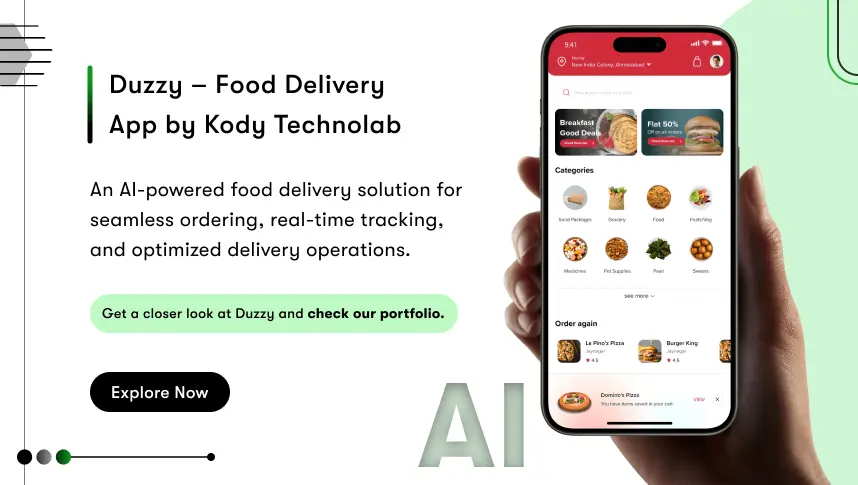
How to Estimate the Food Delivery App Development Cost
Before investing in a food delivery app, it’s important to understand how development costs vary based on business needs, features, and technology choices. A well-planned budget ensures that you don’t run into unexpected expenses or overspend on unnecessary features.
In this section, we’ll break down key cost variations, steps to calculate a rough estimate, and hidden costs you should be aware of.
Understanding Cost Variations Based on Business Requirements
1. Type of Business Model
The cost to develop a food delivery app varies depending on the business model you choose:
- Aggregator Model (like Uber Eats) – Requires restaurant partnerships, order tracking, and commission-based payments.
- Cloud Kitchen Model (like Rebel Foods) – Needs an advanced inventory system, order management, and real-time kitchen tracking.
- Direct-to-Consumer Model (for restaurant chains) – Requires branded apps with loyalty programs and in-house delivery tracking.
Each model impacts the cost, depending on the features, integrations, and scalability needs.
2. Features & Technology Used
The more advanced features you add, the higher the development cost. Basic apps with order placement, payments, and tracking cost less than apps with AI-powered recommendations, chatbot support, and predictive analytics.
For example, using AI in food delivery app development improves customer experience but also increases development costs due to machine learning algorithms, automation, and smart delivery routing.
Steps to Calculate a Rough Cost Estimation
Step 1: Define the Features & Functionalities
Start by listing the essential features your app must have:
- User registration & profile management
- Restaurant listing & search functionality
- Order management & real-time tracking
- Payment gateway integration
- Push notifications & customer support
Next, decide if you need advanced features like:
- AI-driven personalized recommendations
- Smart delivery route optimization
- Multi-language support & currency conversion
Step 2: Choose the Development Approach
The cost also depends on how you build your app:
- Native apps (iOS & Android separately) – More expensive but better performance.
- Cross-platform (Flutter or React Native) – Reduces cost but may have minor performance trade-offs.
Step 3: Estimate Development Team Costs
The hourly rate of developers varies by region, directly affecting the overall budget. Hiring an experienced development team in India can significantly reduce costs without compromising quality.
Step 4: Add Maintenance & Upgrade Costs
Once your app is live, ongoing maintenance is required for:
- Bug fixes & security updates
- Server maintenance & database optimization
- New feature additions & UI/UX improvements
On average, businesses spend 15-20% of the initial development cost annually on app maintenance.
Hidden Costs That Business Owners Should Be Aware Of
Many businesses underestimate hidden costs, leading to budget overruns. Here are some common expenses you should plan for:
1. Third-Party API Costs
Your app may need third-party services like Google Maps, payment gateways, and chat support, which charge fees based on usage.
2. Marketing & Customer Acquisition
Launching your app isn’t enough—you need a marketing budget for:
- Social media ads & influencer partnerships
- SEO & app store optimization (ASO)
- Referral programs & first-order discounts
3. Cloud & Server Costs
Hosting your app on platforms like AWS, Google Cloud, or Azure adds monthly server expenses based on traffic and storage needs.
4. Compliance & Legal Fees
Food delivery apps must comply with data security regulations (GDPR, CCPA) and obtain necessary business licenses, which add to the overall cost.
Estimating the food delivery app development cost requires careful planning, from choosing the right business model to budgeting for hidden expenses.
By defining your features, selecting the right development team, and preparing for maintenance costs, you can create a cost-effective and scalable food delivery app.
With rapid advancements and new trends in food delivery apps, investing in AI, automation, and smart delivery solutions can give your business a competitive edge.
Food Delivery App Development Cost Breakdown
The cost to develop a food delivery app depends on several factors, including features, technology stack, and development team structure. Let’s break down the cost estimation based on different components of development.
1. Basic Features & Their Cost Estimates
A basic food delivery app includes only core functionalities required to operate a small-scale delivery business or startup. This type of app is best for businesses testing the market with a Minimum Viable Product (MVP).
| Feature | Description | Estimated Cost ($) | Development Time (Weeks) |
| User Registration & Login | Sign-up via email, phone, OTP verification, and social login (Google, Apple) | $1,500 – $3,500 | 1 – 2 weeks |
| Restaurant Listings & Search | Display restaurants, categorize menus, search & filter by cuisine, location, and ratings | $4,000 – $7,000 | 2 – 4 weeks |
| Order Placement & Checkout | Add to cart, modify order, apply coupons, checkout process | $5,000 – $9,000 | 3 – 5 weeks |
| Payment Gateway Integration | Secure online payments via Stripe, PayPal, Razorpay, UPI, Google Pay, Apple Pay | $6,000 – $12,000 | 4 – 6 weeks |
| Real-Time Order Tracking | Live GPS-based tracking of delivery personnel | $5,000 – $10,000 | 4 – 6 weeks |
| Push Notifications | Order status updates, promotions, personalized alerts | $2,000 – $4,000 | 2 – 3 weeks |
| Customer Support (Chat/Call) | In-app chat with restaurant/delivery support, ticketing system | $3,000 – $6,000 | 2 – 4 weeks |
| Basic Admin Panel | Manage orders, restaurant profiles, payments & analytics | $5,000 – $9,000 | 4 – 6 weeks |
Total Cost & Timeline for a Basic Food Delivery App
- Total Cost → $35,000 – $65,000
- Development Timeline → 12 – 20 weeks (3 – 5 months)
2. Technology Stack & Its Cost Impact
Your choice of technology affects both the performance and cost of development. Below is a tech stack breakdown with cost implications:
| Technology Component | Options (Popular Technologies) | Estimated Cost Impact ($) |
| Frontend Development | React Native, Flutter (Cross-platform)Swift (iOS), Kotlin (Android) (Native) | $8,000 – $20,000 |
| Backend Development | Node.js, Python, Ruby on Rails, Java | $10,000 – $30,000 |
| Database | Firebase (for MVP), PostgreSQL, MongoDB, MySQL | $3,000 – $8,000 |
| Payment Integration | Stripe, PayPal, Razorpay, Google Pay, Apple Pay | $6,000 – $12,000 |
| Real-Time GPS & Mapping | Google Maps API, Mapbox | $4,000 – $8,000 |
| Push Notifications | Firebase Cloud Messaging (FCM), OneSignal | $2,000 – $4,000 |
| Hosting & Server | AWS, Google Cloud, Azure | $3,000 – $10,000 (annually) |
| Security & Compliance | SSL encryption, GDPR, PCI-DSS compliance | $5,000 – $12,000 |
| Admin Panel (Dashboard) | Custom-built with React, Angular, or Vue.js | $5,000 – $10,000 |
How Technology Choices Affect Cost:
- Cross-platform apps (Flutter, React Native) cost less than native apps (Swift/Kotlin) but may have slight performance trade-offs.
- Cloud-based databases (Firebase, AWS) reduce maintenance costs but may require higher scaling expenses later.
- Advanced AI/ML integrations (personalized recommendations, demand forecasting) can increase costs by 30–50%.
3. Advanced Features Cost Breakdown
If you’re aiming to build a high-end food delivery app with AI, automation, and advanced integrations, here’s what you can expect in terms of cost:
| Advanced Feature | Estimated Cost ($) |
| AI-Powered Recommendations | $8,000 – $15,000 |
| Smart Delivery Route Optimization | $10,000 – $20,000 |
| Voice Search Integration | $5,000 – $10,000 |
| Machine Learning for Demand Forecasting | $12,000 – $25,000 |
| AR-Based Menu Previews | $15,000 – $30,000 |
| Blockchain for Secure Transactions | $20,000 – $40,000 |
Adding AI and automation can increase development costs by 30-50%, but these features help improve customer retention, optimize operations, and maximize profits.
4. Development Team Cost Breakdown
The development cost also depends on the team structure required to build the app. Below is the estimated cost per role in the team:
| Development Team Role | Hourly Rate (USD) | Estimated Cost for Full Project ($) (6-12 months) |
| UI/UX Designer | $25 – $60 | $5,000 – $15,000 |
| Frontend Developer | $30 – $80 | $10,000 – $40,000 |
| Backend Developer | $40 – $100 | $15,000 – $60,000 |
| Mobile App Developer (iOS & Android) | $40 – $120 | $20,000 – $80,000 |
| QA & Testing Engineer | $25 – $50 | $5,000 – $15,000 |
| Project Manager | $40 – $100 | $10,000 – $30,000 |
Total Development Cost Based on Team Size
- Small Development Team (3-5 members) → $40,000 – $80,000
- Mid-Sized Team (5-10 members) → $80,000 – $150,000
- Large Enterprise Team (10+ members) → $150,000 – $300,000+
The cost to develop a food delivery app depends on features, technology, development team, and business needs.
While this breakdown provides a realistic estimate, it is not a fixed cost the final investment may vary based on app complexity, geographic location of developers, third-party integrations, and future scalability requirements.
To get an accurate cost estimation tailored to your specific needs, it’s best to consult with an experienced app development partner.
Final Thoughts & How to Get Started
Building a food delivery app is a profitable yet complex investment, and the cost depends on multiple factors—features, technology stack, and development team expertise. Whether you’re a startup launching an MVP or an enterprise upgrading with AI-driven automation, choosing the right food delivery app development company makes all the difference.
At Kody Technolab Ltd., we specialize in custom food delivery app development, ensuring cost-efficient, scalable, and high-performance solutions tailored to your business needs. With our expertise in AI, real-time tracking, and automation, we help brands stay ahead of the competition.
Key Takeaways for CEOs & Business Owners:
- Start with a well-defined budget & prioritize essential features.
- Choose scalable technologies to future-proof your app.
- Partner with a trusted development team for quality & cost efficiency.
Let’s turn your food delivery app idea into reality Get a free consultation with Kody Technolab today!

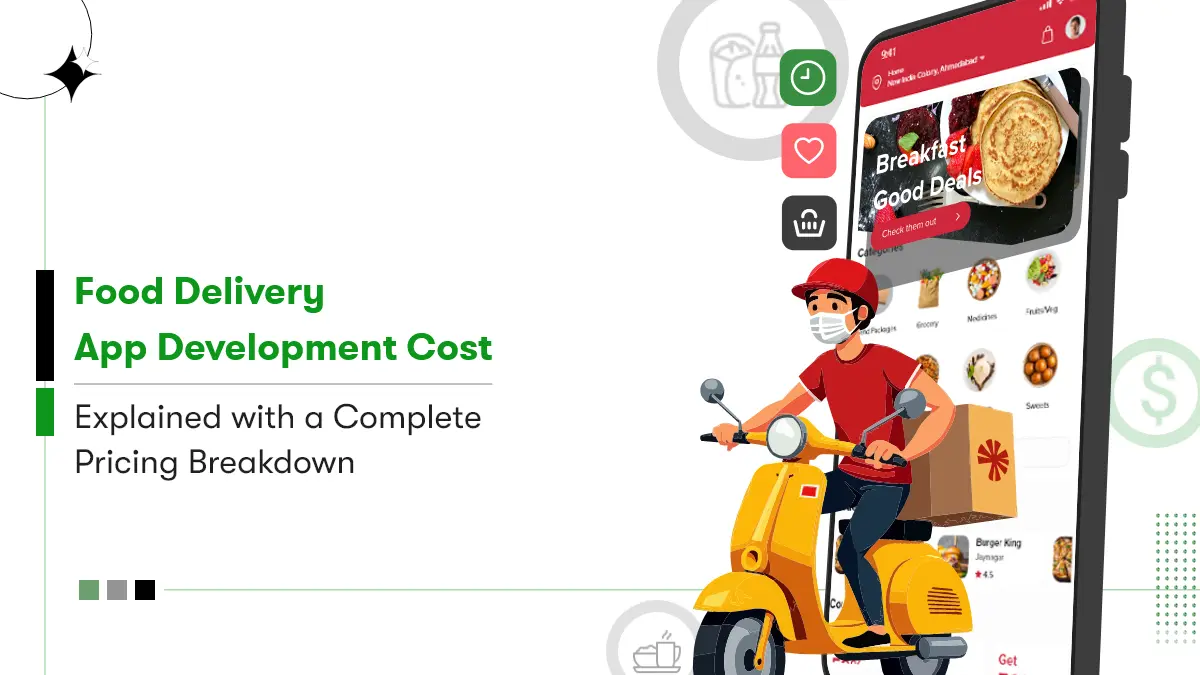

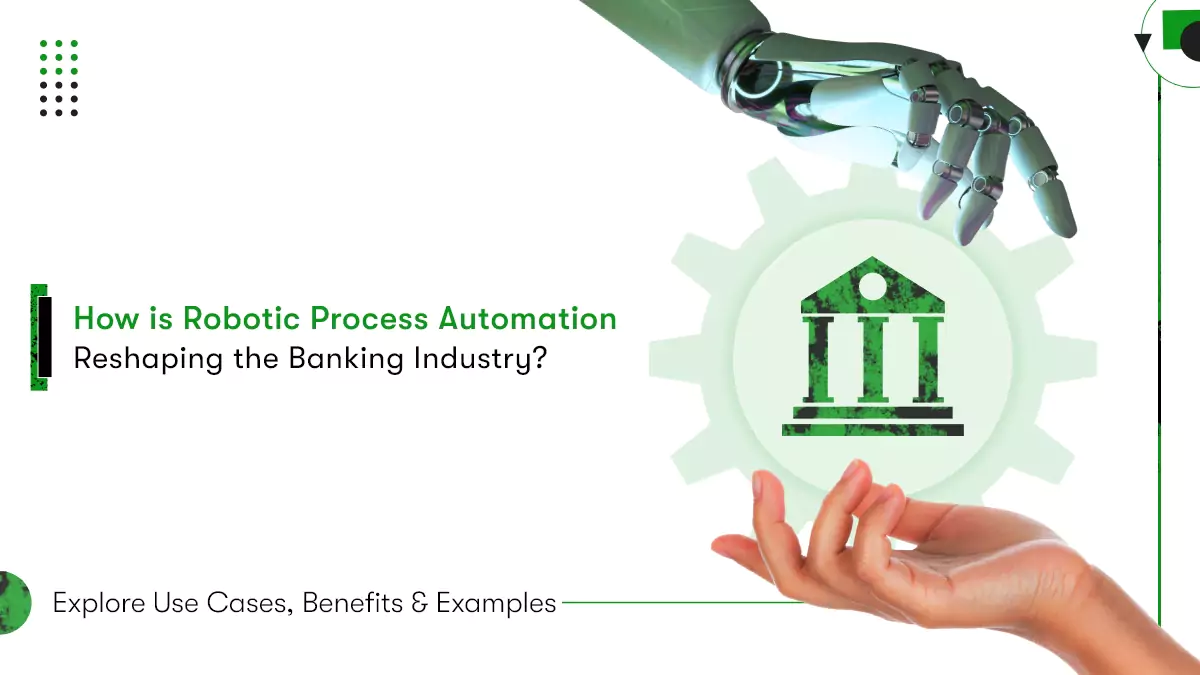
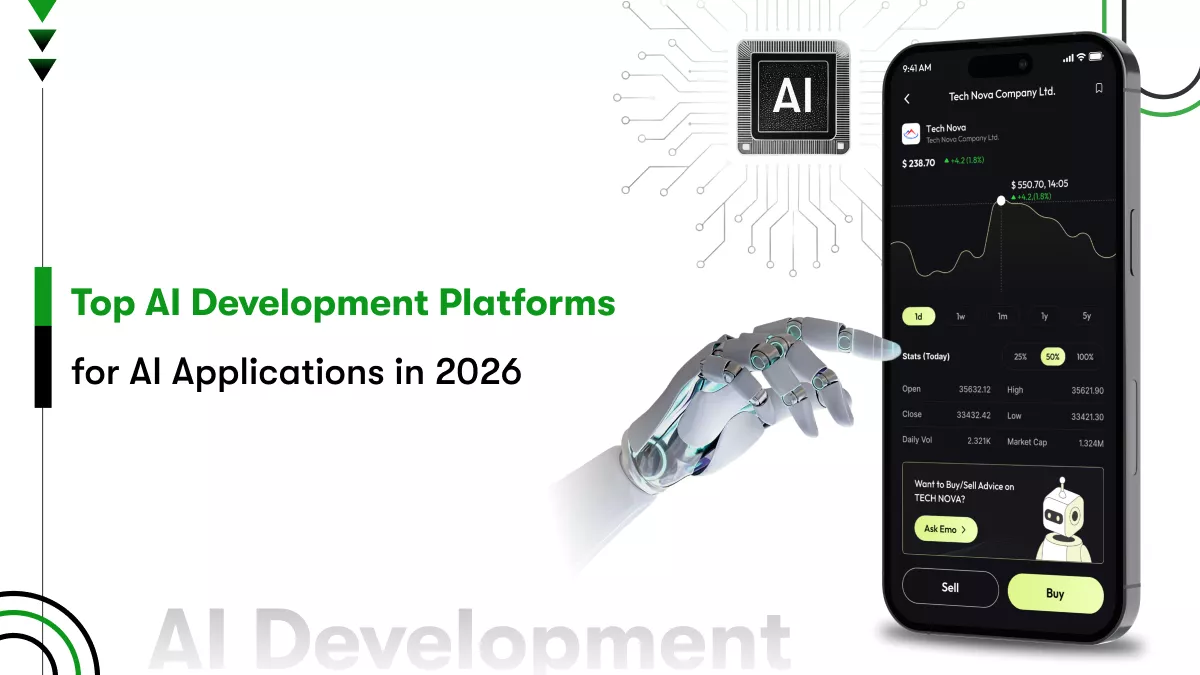
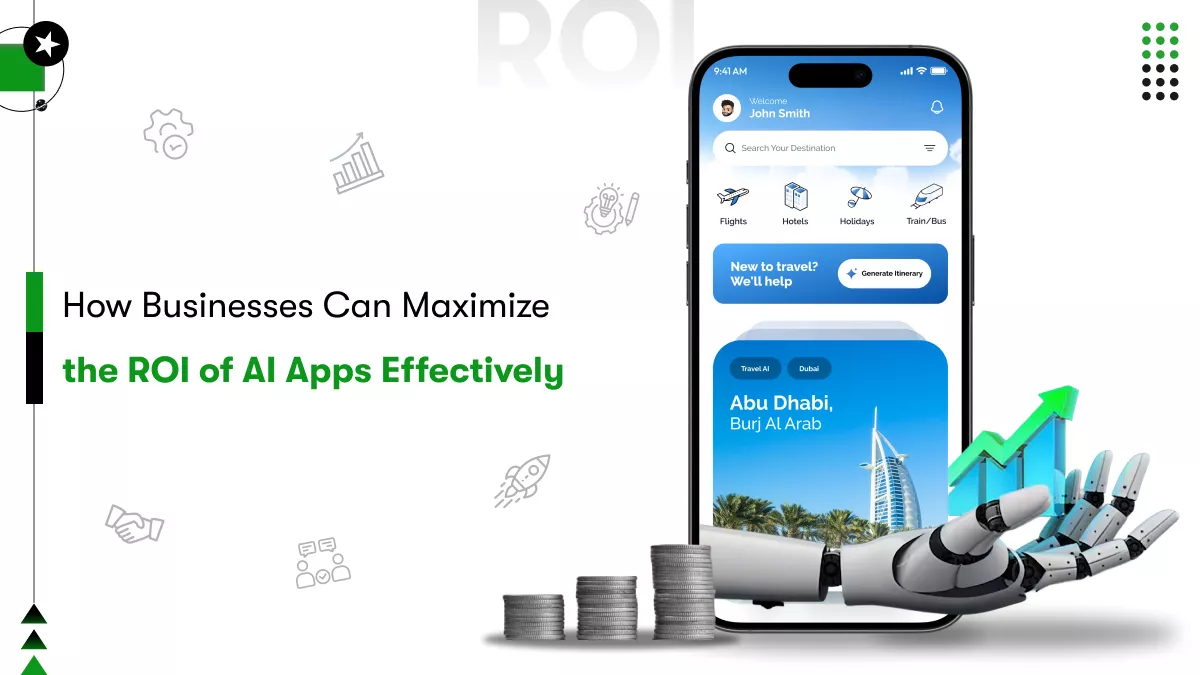


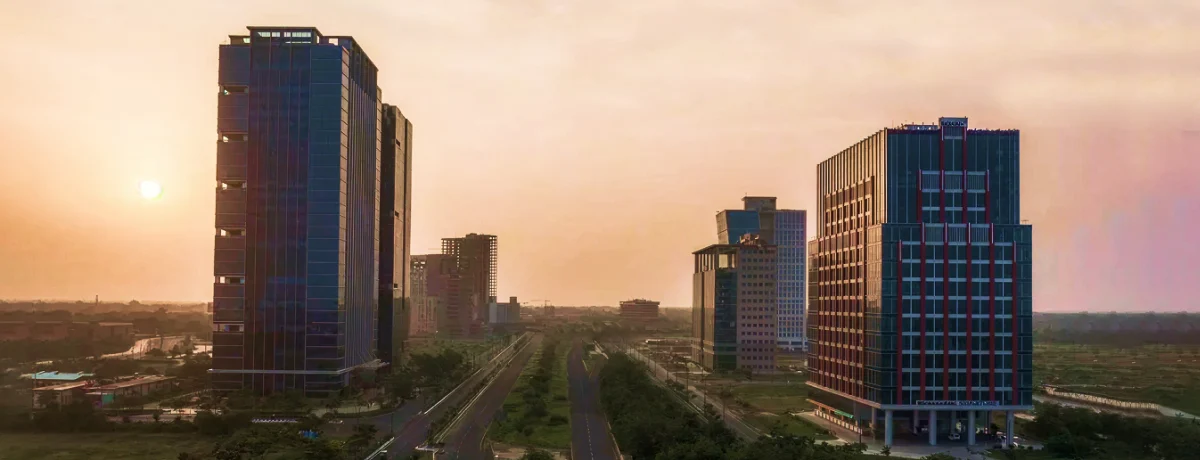




 Contact Information
Contact Information